
Compared to the first two systems, the system equipped with electric motors
is gradually being phased out due to the need for fuel, high noise, and low
efficiency. Except for special regions and conditions, there are currently few
energy storage systems that choose to match generators. This system will also
not be within the scope of this article's discussion. For independent and grid
connected energy storage systems, the current mainstream topologies are "DC
Coupling" and "AC Coupling". This article will also analyze and compare the
advantages and disadvantages of these two topologies, as well as their
applicability in practical situations.
A DC coupling topology typically includes the following components:
photovoltaic modules, regulators or charge controllers, battery banks, and
inverters. The definition of inverter here requires additional analysis. DC
Coupling inverters can be understood as battery inverters, which is very
different from what we commonly refer to as grid connected inverters. Firstly,
grid connected inverters usually come with their own MPPT, while battery
inverters are not compatible, mainly due to the different discharge
characteristics of photovoltaic modules and batteries. In addition, grid
connected inverters do not allow AC to be converted into DC and reflux to charge
components. However, the battery inverter of grid connected energy storage
systems is a bi-directional inverter, and the battery can be discharged through
the inverter. The grid can also charge the storage pool through the inverter.
The last and biggest difference is that grid connected inverters continuously
and stably output the electrical power transmitted from the photovoltaic system.
However, battery inverters, due to the discharge characteristics of batteries,
have different levels of discharge power, commonly including "continuous power
supply" or "60 minute discharge power", "1 minute discharge power", and "30
second discharge power". This is because at the moment when the user's load
suddenly disconnects from the grid, the battery needs to release a considerable
amount of electrical power to meet the electricity demand. Therefore, a
3-kilowatt battery inverter can usually be rated at an instantaneous power of 7
to 7.5 kilowatts. Overall, the discharge of batteries and coordination with
inverters are much more complex compared to grid connected inverters in ordinary
photovoltaic systems, which we will explain in future articles. Due to its
system structure, the discharge of the battery inverter in an independent energy
storage system without a generator is unidirectional. When the battery reaches
the set State of Charge (SOC), the charging controller will disconnect the
connection between the photovoltaic and battery storage; Similarly, when the
battery discharges too deeply and exceeds the set DOD (Depth of Discharge), the
inverter will stop supplying power and cut off the connection between the
battery and the load.
Read recommendations:
camping power supply
wall-mounted home energy storage Factory
foldable solar panel
portable emergency power supply.The application of photovoltaic energy storage systems in oil fields
portable battery power station Sale.24/7 uninterrupted power supply for photovoltaic power generation and energy storage systems






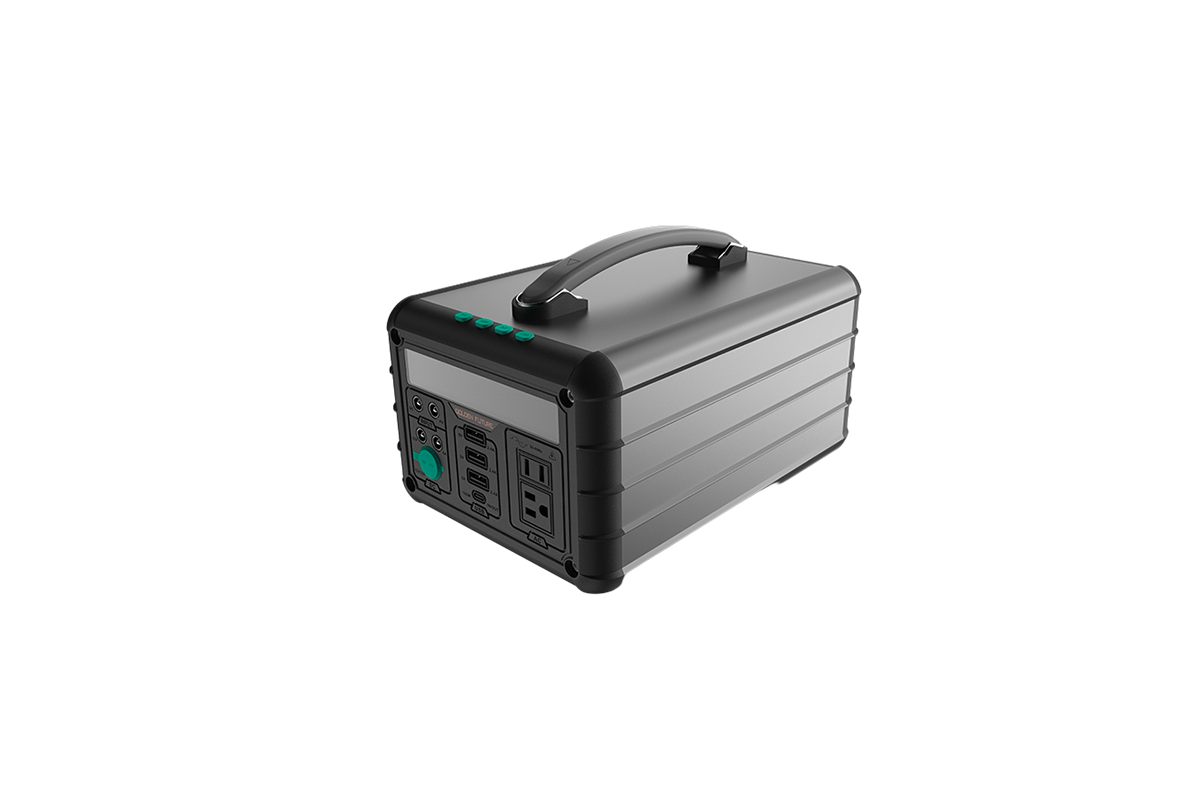
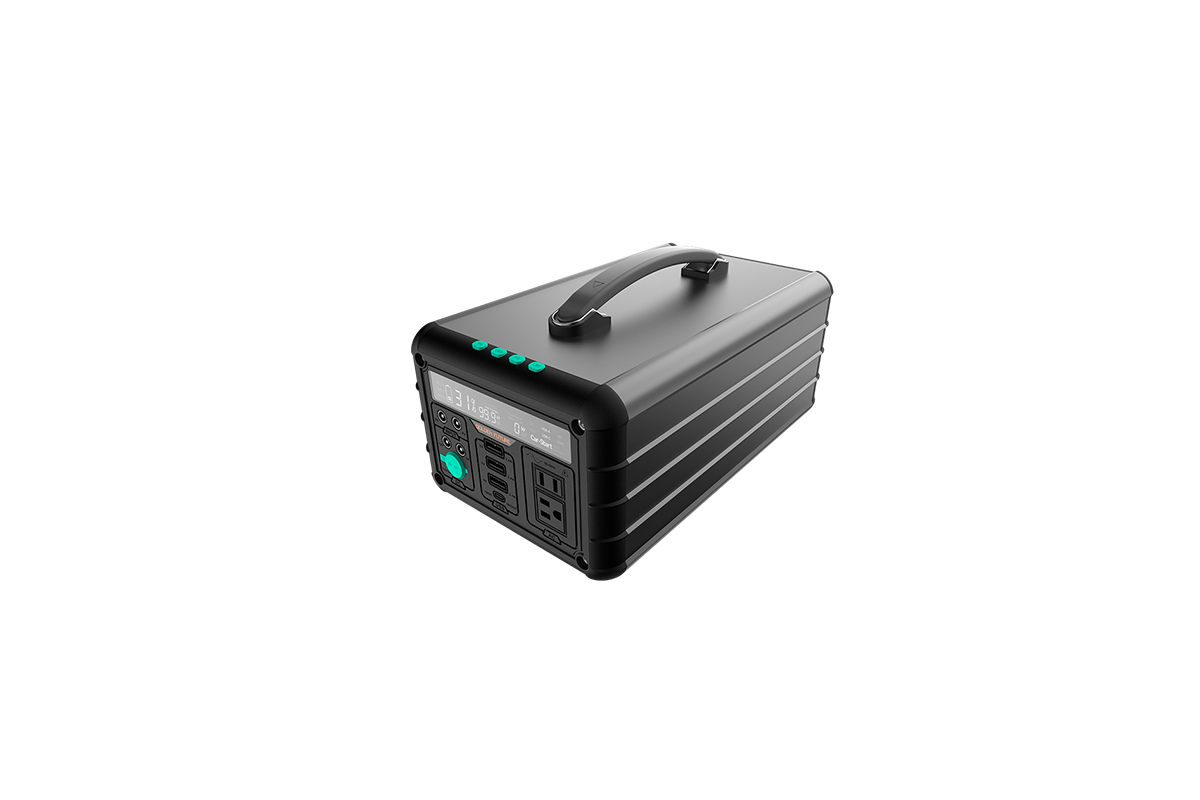
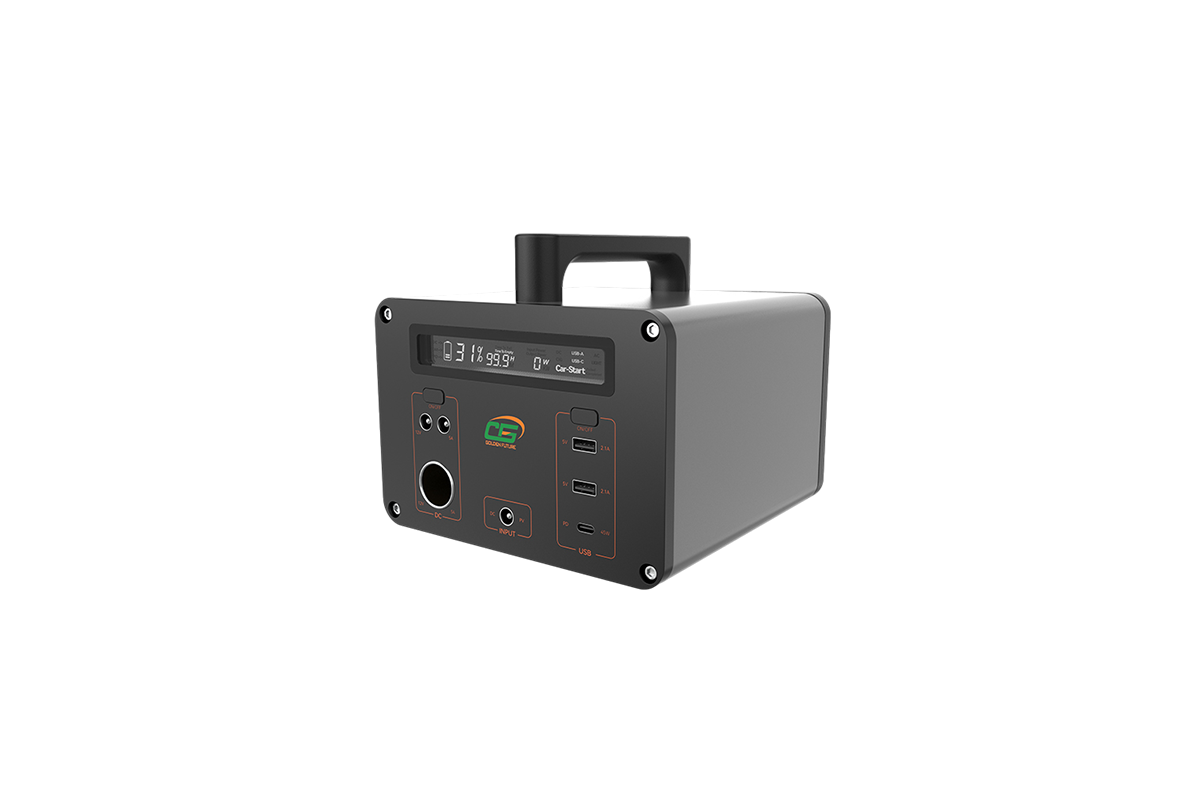
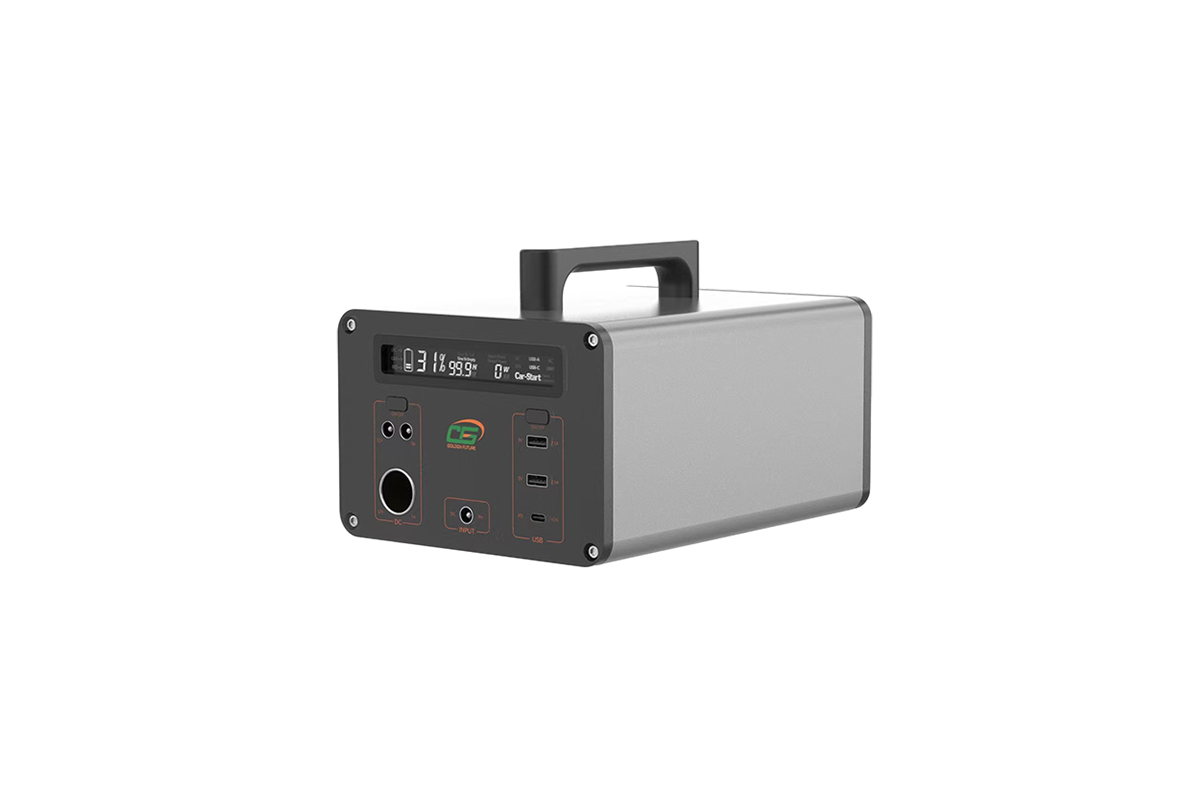
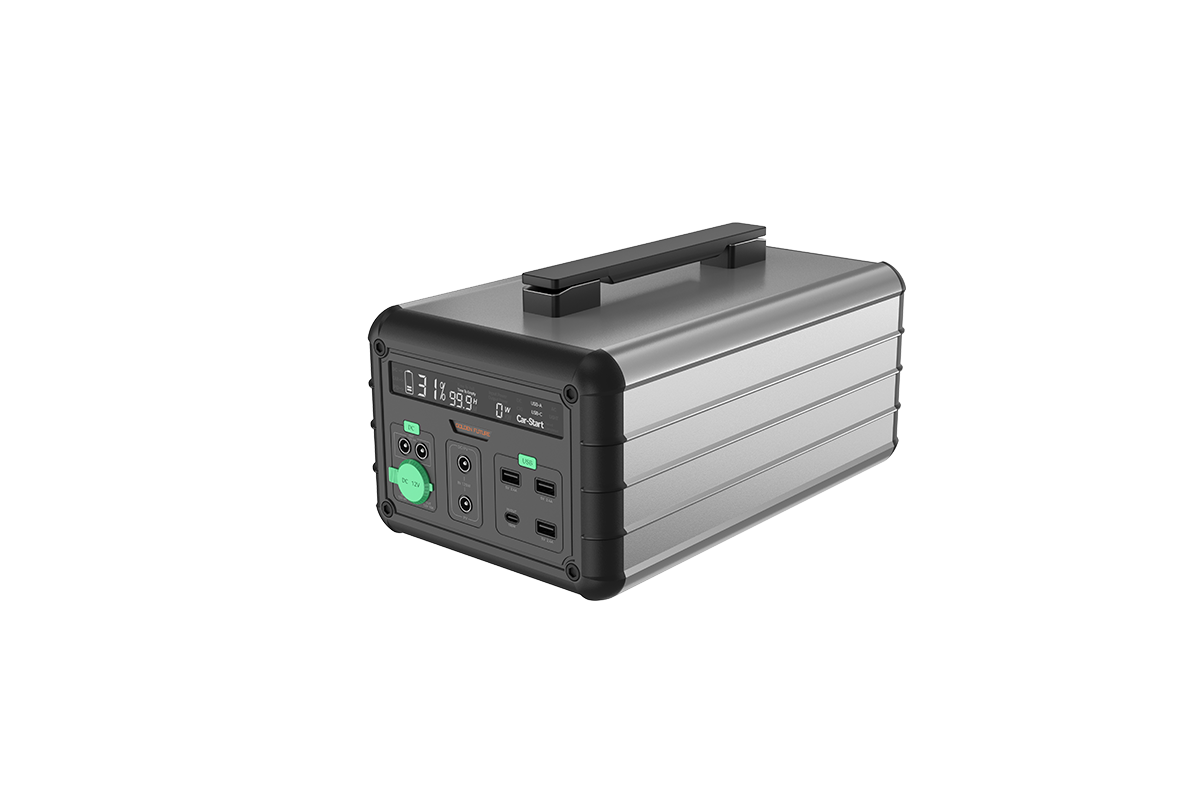
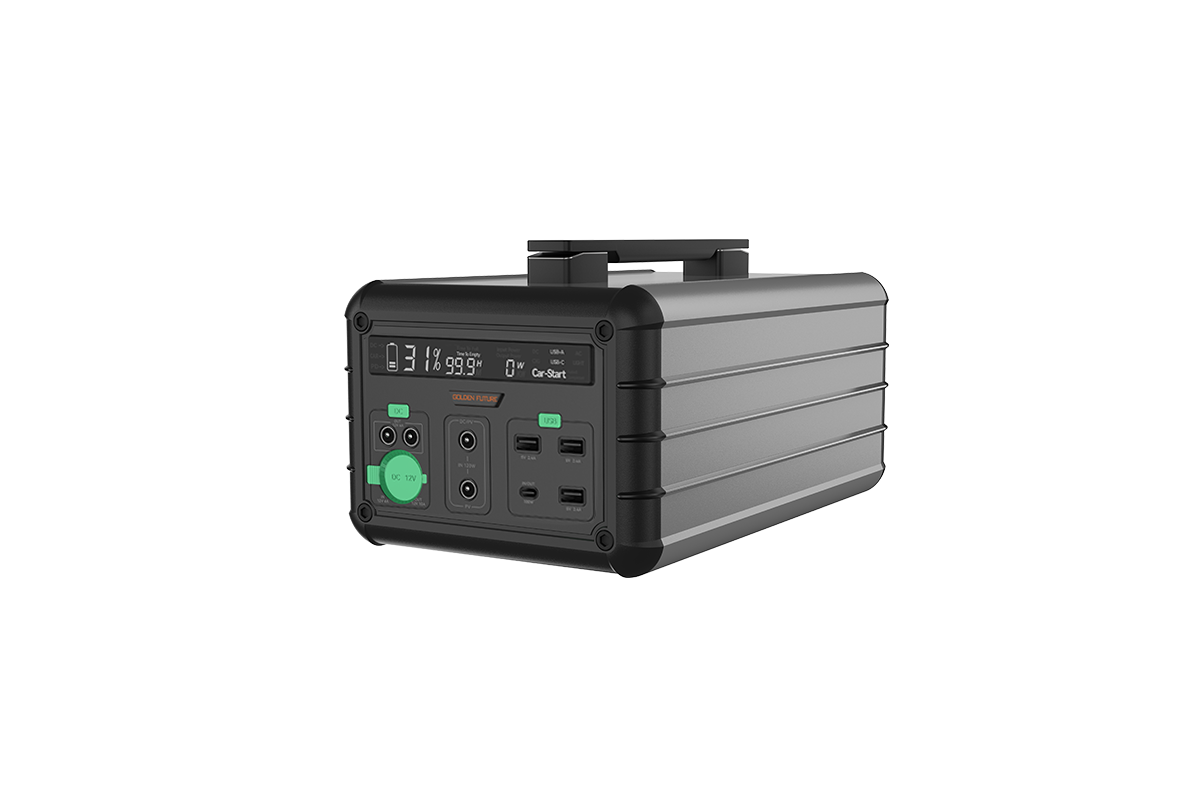
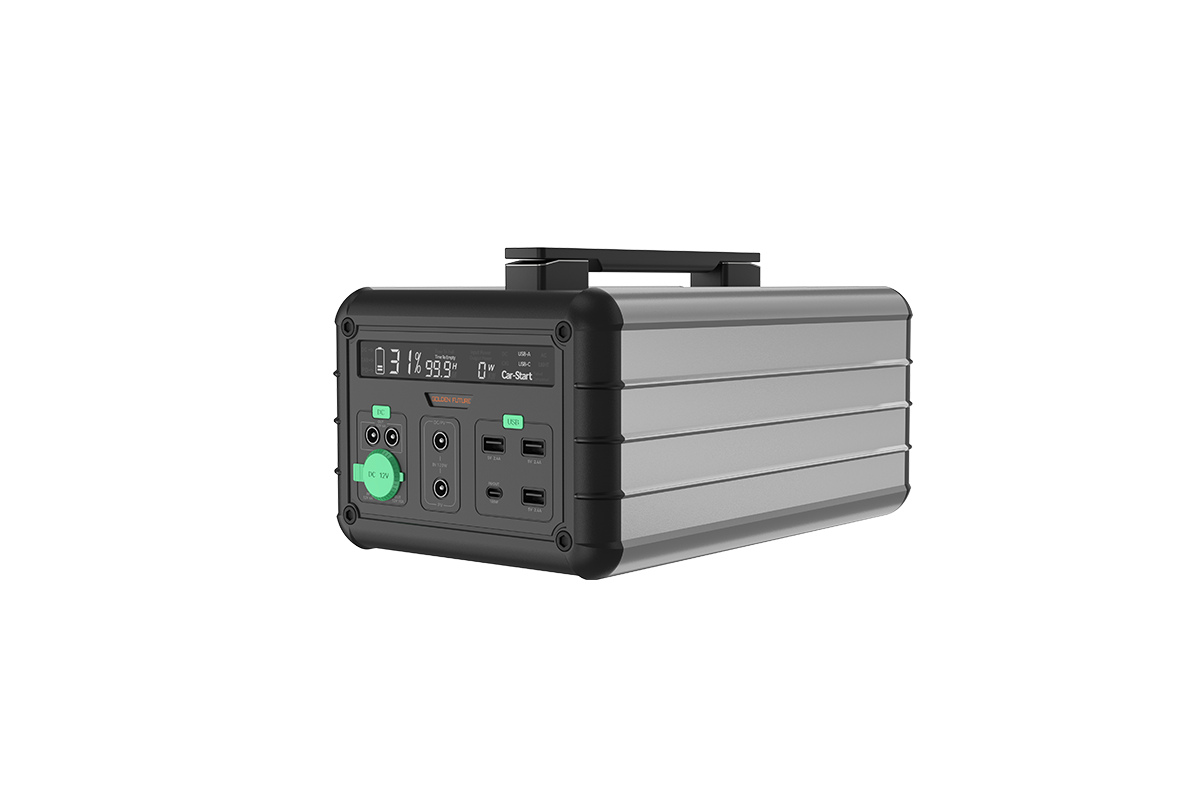
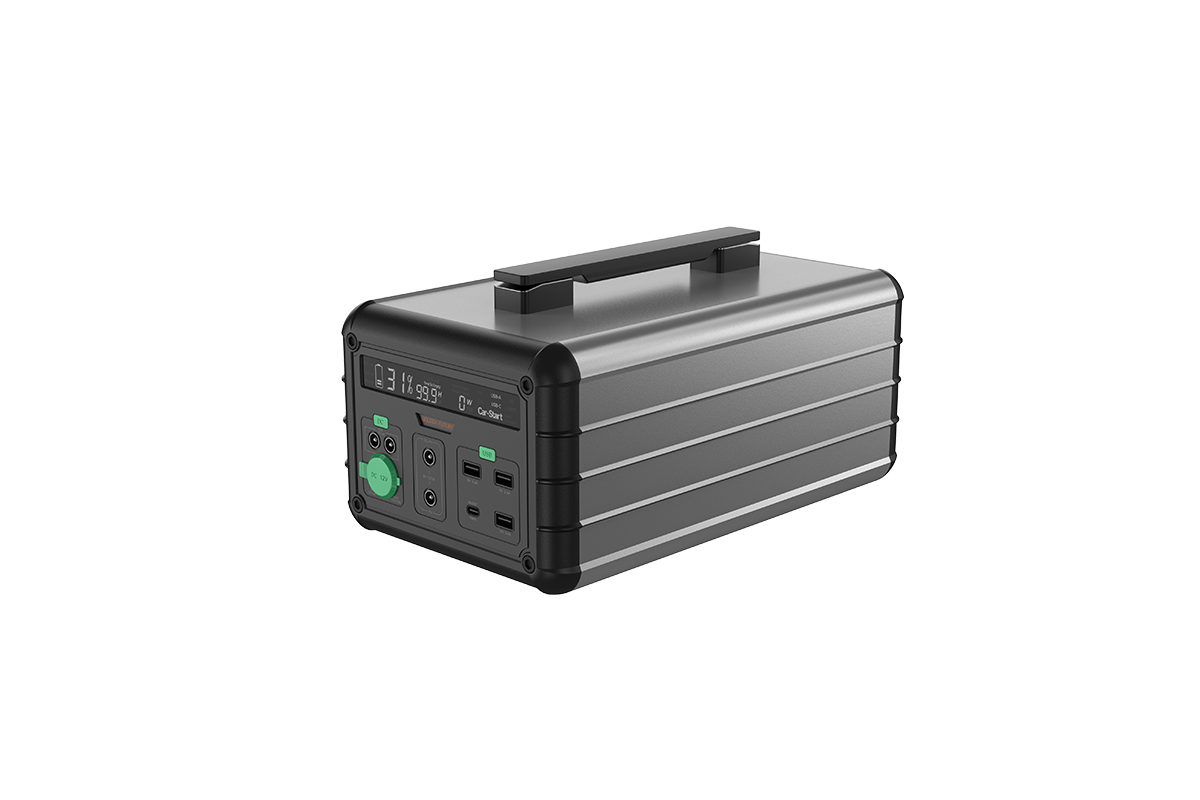
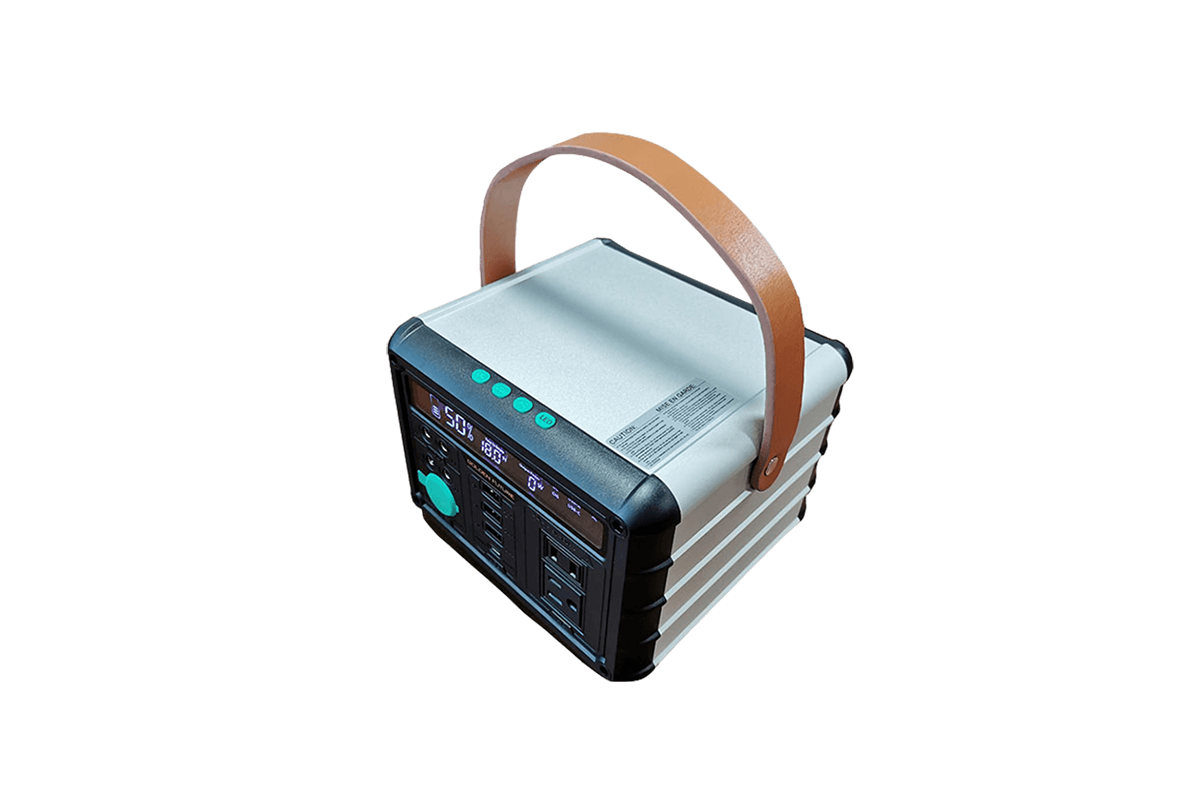
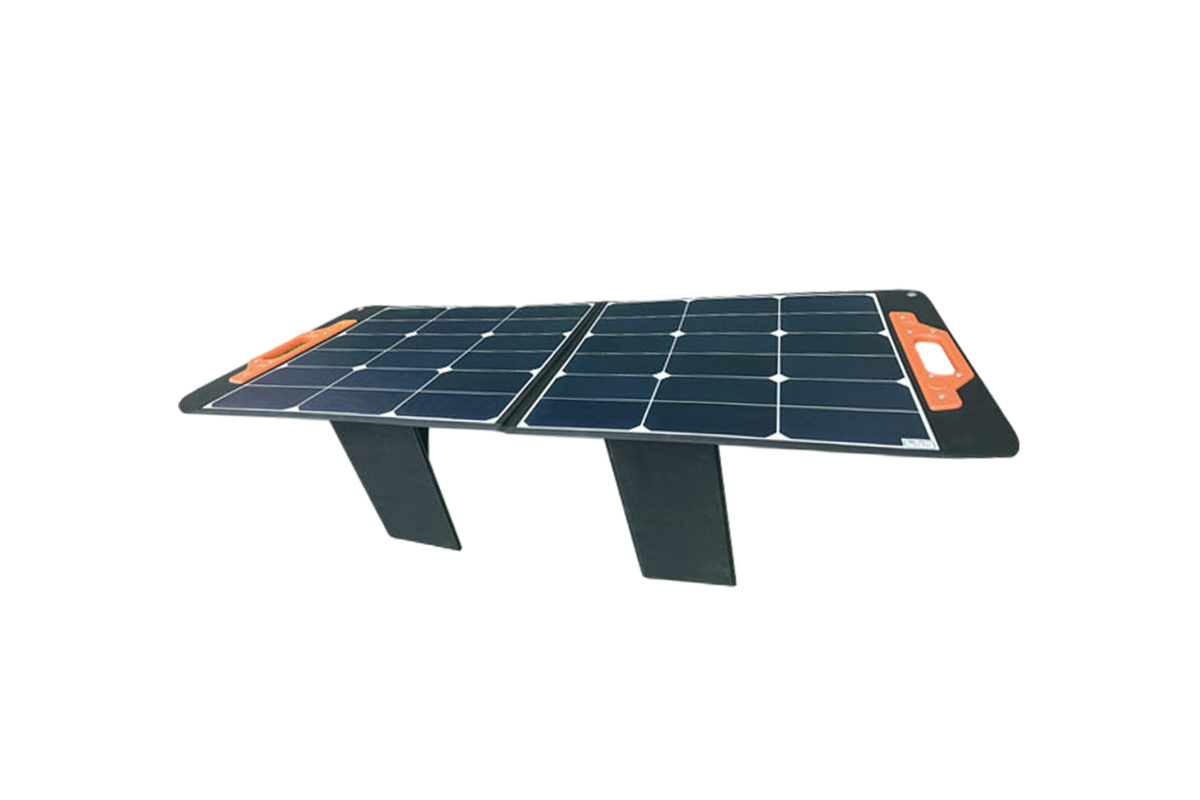
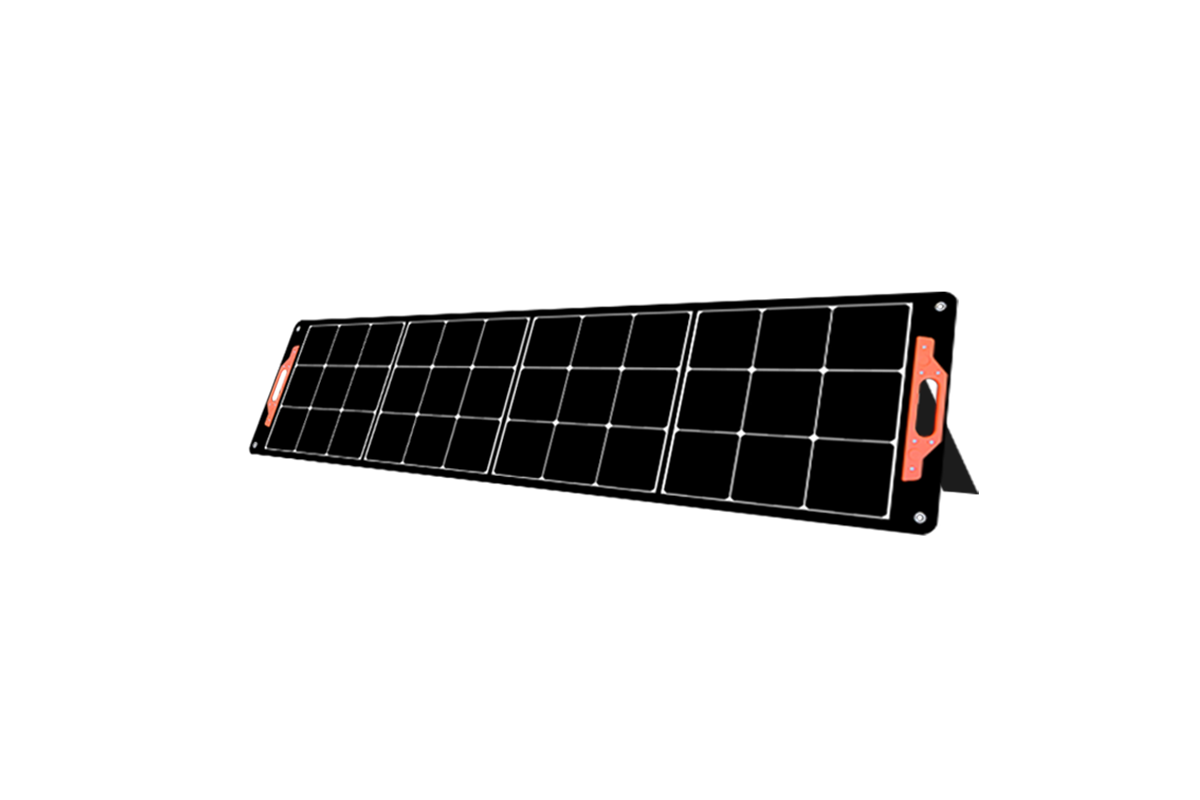


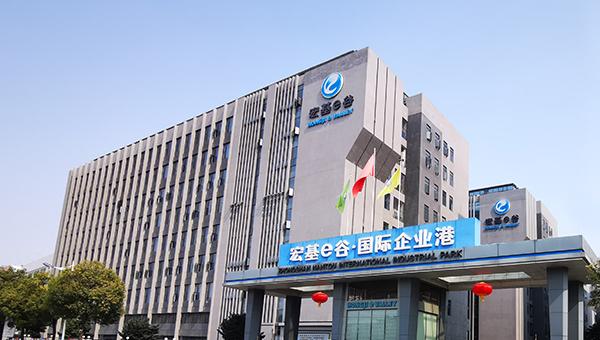


 Home >
Home > 








 Inquiry
Inquiry